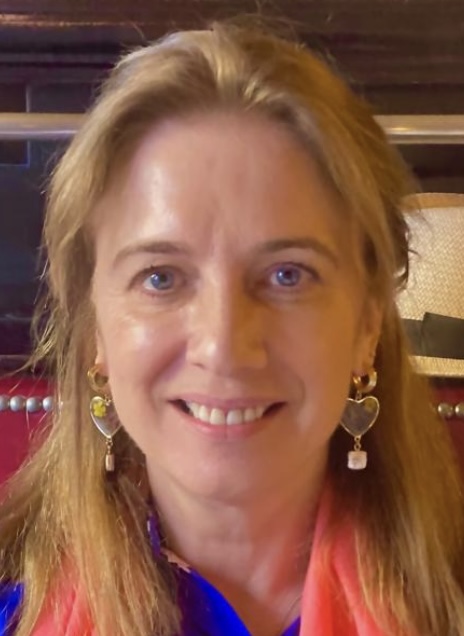How Clinicians Recognise People Who Are Dying
3705 0
A blog written by Dr Elizabeth Colquhoun-Flannery, Consultant Nurse and Clinical Lead for Palliative and End of Life Care at the Royal Berkshire Hospital in Reading, UK.
Recognising dying isn’t an exact science. It’s influenced by the setting (hospital, aged care, home), the clinician’s experience and role, and the patient’s diagnosis. Cultural attitudes towards death also play a role. Sometimes, it’s not openly discussed, which can lead to delays in recognition.
Uncertainty is a major challenge. Clinicians often struggle to distinguish between a reversible deterioration and the final stages of life. This can result in ongoing aggressive treatments that may not benefit the patient. Instead of seeking absolute certainty, healthcare professionals are encouraged to consider the possibility of dying earlier.
Recognising the Signs – Clues and Signals
While no single indicator guarantees someone is dying, certain clues can help guide clinicians:
- Physical signs: Irregular breathing, noisy secretions, shortness of breath, reduced consciousness, decreased oral intake, skin changes (mottling, cold extremities), and overall decline in mobility.
- Behavioural and psychological changes: Increased fatigue, withdrawal, existential distress, restlessness, and agitation.
- Subtle signs: Clinicians who know a patient well may pick up on small shifts in behaviour, facial expressions, or even changes in scent.
The Role of Experience and Communication
More experienced clinicians often rely on a combination of medical data and intuition, while nurses and allied health professionals may notice more visual and behavioural cues.
Recognising dying isn’t just an individual decision—it requires team consensus.
Nurses may be the first to recognise a change, but may hesitate to speak up, waiting for a doctor’s confirmation. Clear communication and documentation help ensure care aligns with patient needs.
Overcoming Barriers in Healthcare Settings
Some healthcare settings avoid explicit conversations about dying, using euphemisms like “guarded prognosis.” There’s sometimes also a belief that continuing active treatment is always best, even when it may no longer be in the patient’s best interest. Time pressures, shift changes, and high patient turnover can further delay recognition.
The Impact of Late Recognition
When dying is recognised too late, patients may receive unnecessary treatments, and families may have less time to prepare. More importantly, opportunities for quality palliative care may be missed.
Moving Forward – A Shift in Mindset
To improve the recognition of dying, healthcare teams need to foster open discussions, develop confidence in managing uncertainty, and create better systems for communication. Training can also help clinicians recognise the subtle signs earlier.
Recognising dying isn’t about giving up—it’s about ensuring patients receive compassionate, appropriate care in their final days.
By improving awareness and communication, clinicians can provide the best possible end-of-life experience.
Explore how to recognise when patients are approaching end of life, understand common trajectories of dying and patient’s perspective of dying in the End-of-Life Essentials ‘Recognising Dying’ module.

Dr Elizabeth Colquhoun-Flannery
Consultant Nurse and Clinical Lead for Palliative and End of Life Care at the Royal Berkshire Hospital in Reading, UK.